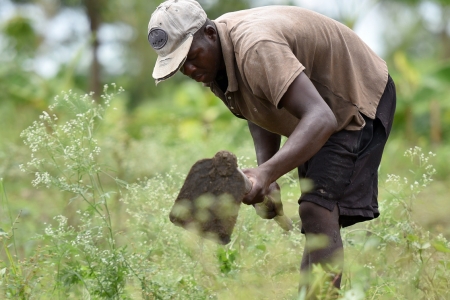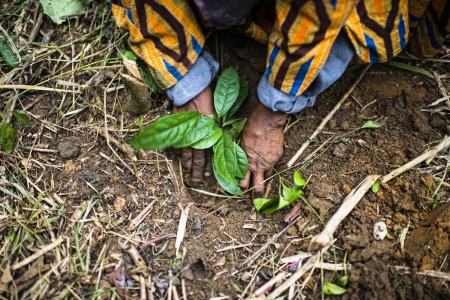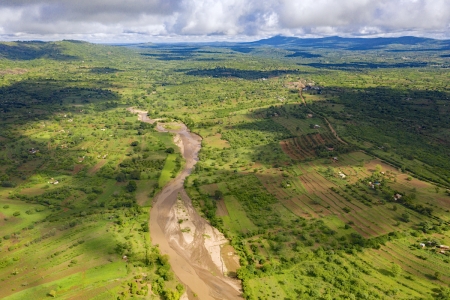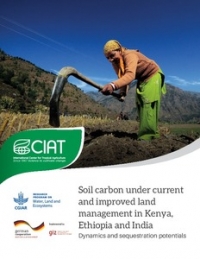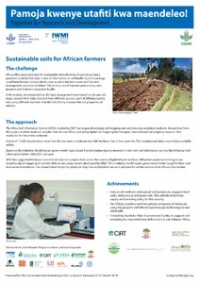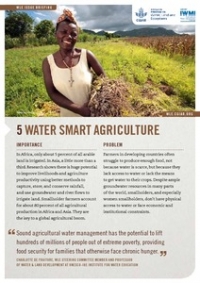Sequestering carbon into agricultural soils has the potential to reduce atmospheric greenhouse gasses while improving soil quality for farmers, but to what extent? A recent webinar looks at the mitigation potentials.
The World Business Council on Sustainable Development (WBCSD) and the CGIAR Research Program on Climate Change, Agriculture and Food security (CCAFS) hosted a webinar on the mitigation potential of soil carbon sequestration. The webinar, which is part of the WBCSD series on smarter metrics for Climate Smart Agriculture, was hosted on July 17, 2018 and featured a presentation from the co-lead of the WLE Restoring Degraded Landscapes research theme, Keith Shepherd of the World Agroforestry Center.
The idea of the webinar series is to create a community of companies that can work together to better track progress on climate smart agriculture targets. Shepherd presented alongside representatives from IMAFLORA and Danone who looked at specific case studies and initiatives where agricultural soil carbon sequestration had been implemented, primarily related to livestock.
Shepherd presented on the potential benefits of soil carbon sequestration as well as some of the potential challenges, pointing out that improved land and soil management could mitigate 20–35% of global greenhouse gas emissions but that this target would require 100% adoption. In addition to identifying the type of soil, appropriate crops, and sequestration methods, Shepherd pointed out that the benefits to farmers would have to be made clear, as would how soil carbon stocks are quantified and measured.
See the presentations and listen to a recording of the webinar

